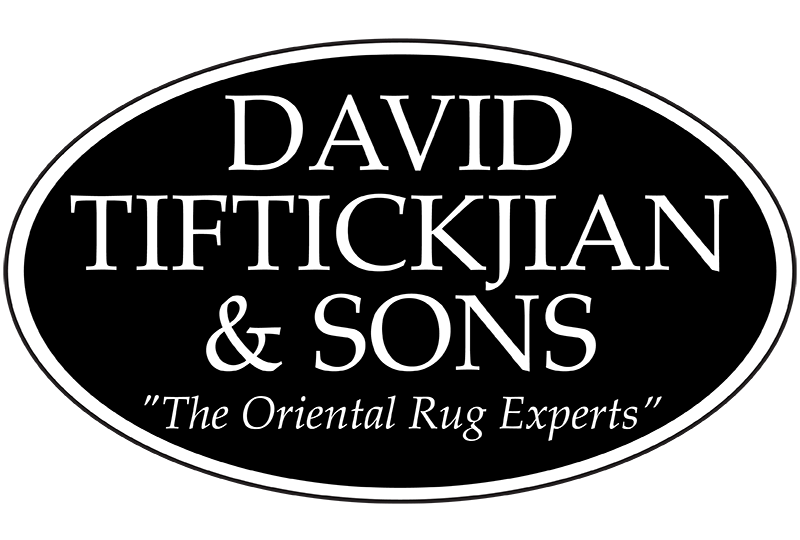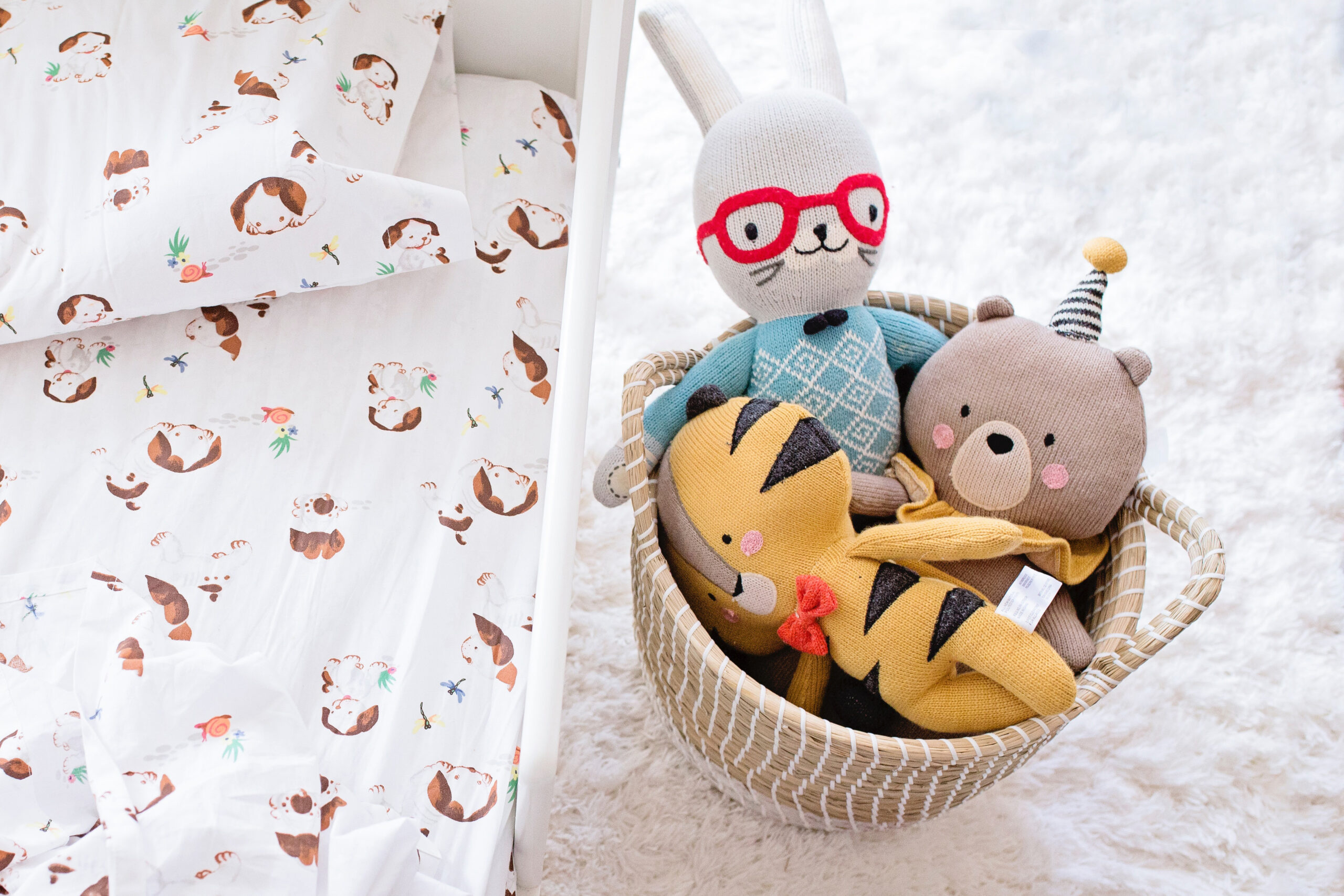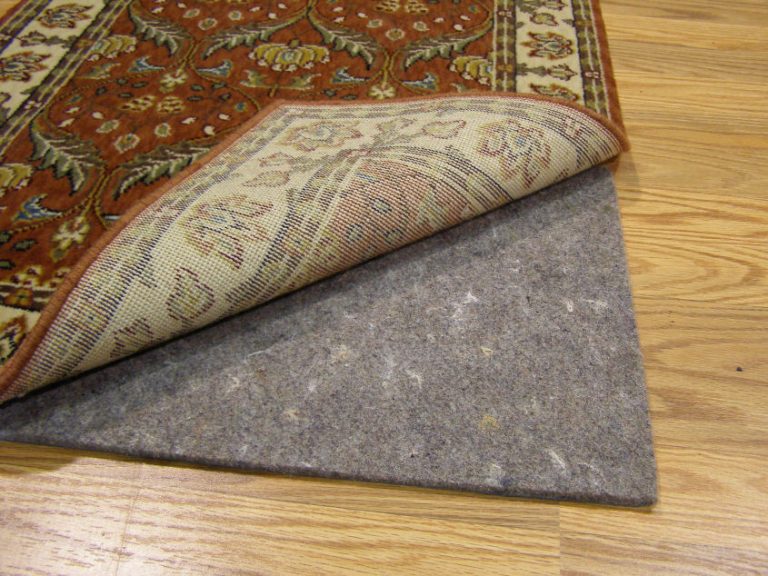There is not one single determining factor that constitutes the value of an Oriental Rug. Knot type and size are often two of the first things that people use to determine a rug’s value, but there are several other important considerations:

1. Age vs. Condition
This consideration applies to antique and vintage Oriental Rugs. An old yet highly valuable antique Oriental Rug is one-of-a-kind and in excellent condition. Even if a rug may be in need of some restoration, the overall value of the rug may make it a worthy purchase.
2. Origin
Country of origin is a significant factor in determining the value of a rug both for new and antique Oriental Rugs. Labor prices often vary greatly, and certain regions are particularly renowned for their craftsmanship. Sometimes, a rug is highly valued because there are very few left from the time frame and region it comes from.
3. Material and Craftsmanship
These two factors don’t just affect the quality of the construction of the rug, but they also play a part in its aesthetics. Rugs are often woven using wool, cotton, silk, goat and camel hair. But, for example, not all wool is the same. The grade of wool that is used affects how the rug feels and looks.
4. Knot Structure
The art of Oriental Rug weaving has been passed down from generation to generation, which means that many weaving patterns can be traced geographically. Knot size, density of the wool and the way in which the knots are tied all affect the value of a rug as they all affect durability.
5. Color
When a rug’s color comes from natural dyes, the color appears less intense and saturated. Natural dying is a more difficult practice and requires more knowledge, which means that these rugs have a higher value than rugs that are dyed synthetically.


